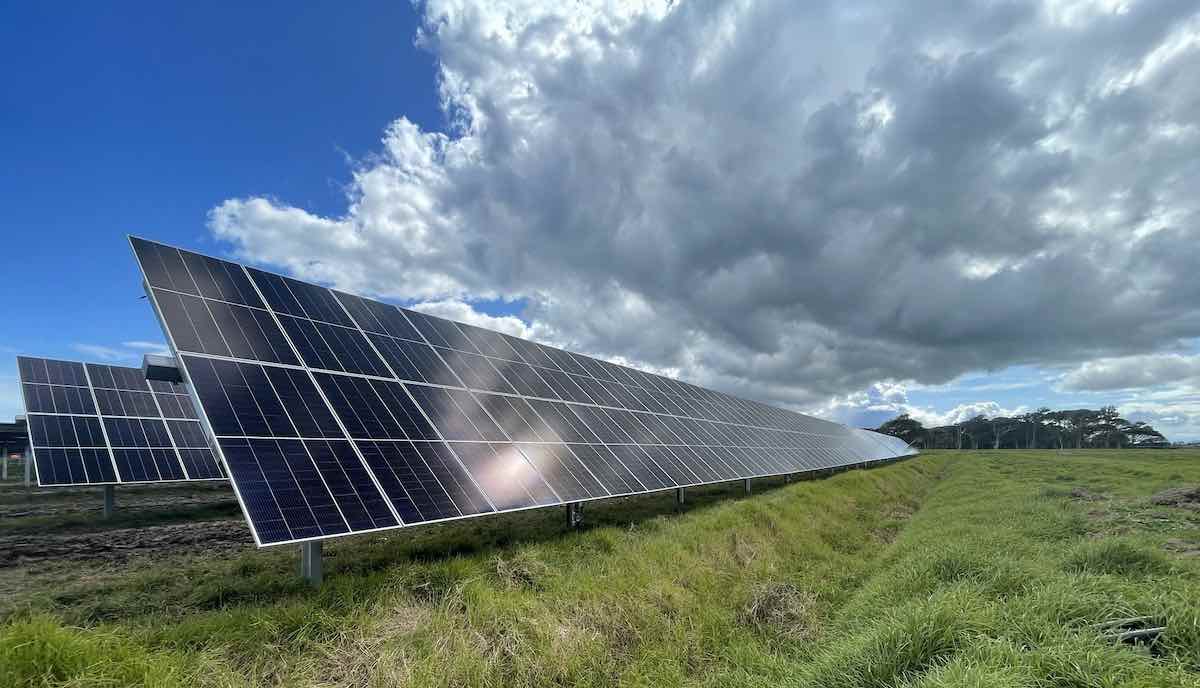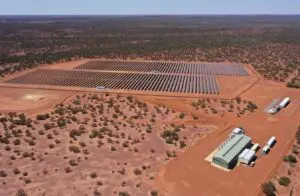The potential highs and lows of developing solar projects in New Zealand have been underlined this month, as the country’s first utility-scale solar farm began generating power less than a fortnight after a regional government blocked an even bigger 88MW solar farm.
New Zealand renewables developer Lodestone Energy announced last week that the 39.4MW Kaitaia Solar Farm, located in the far north of the North Island, has begun generating power. It is New Zealand’s first utility-scale solar farm.
Adoption of solar in New Zealand has not followed the same trajectory as its trans-Tasman neighbour, Australia. According to New Zealand’s Electricity Authority, in October 2022, data showed there were only 43,641 solar systems installed across New Zealand, adding up to 240 MW.
Compare that to Australia, which at last count has over 3.4 million rooftop installations as well as more than 100 utility-scale solar systems.
Construction on the Kaitaia Solar Farm began earlier this year and consists of over 60,000 solar panels producing 56GWh of energy each year.
The solar panels are raised more than two metres above the ground to allow sheep to continue grazing and the potential growth of certain crops.
“This project ushers in a new era for energy in New Zealand,” said Gary Holden, managing director of Lodestone Energy.
“Kaitaia is the first solar farm at this scale and is a key step in helping New Zealand deliver on its climate goals. It is also crucially important to our customers who have contracted with us to meet their own sustainable energy objectives.”
Lodestone is also developing several other solar farms, including the under-construction 32MW Edgecumbe Solar Farm. Other projects on Lodestone’s calendar include projects at Waiotahe, Whitianga, and Dargaville.
However, at the same time as Lodestone was eking closer to generating first power at Kaitaia, the Mackenzie District Council and Environment Canterbury denied permission for the construction of an 88MW solar farm.
The project, proposed by Andrew and Karen Simpson, of Balmoral Station, near Lake Tekapo, was opposed by the Environmental Defence Society on the grounds that it threatened indigenous biodiversity.
The three commissioners overseeing the application were concerned over how native plants would survive under shading and sheltering from the solar panels. With continued sheep grazing, experts were reportedly concerned that exotic plants would eventually dominate the area and wipe out the native plants.
The commissioners concluded that the solar farm would “contribute to the ongoing cumulative loss of terrestrial biodiversity values within Mackenzie Basin”.
Solar only accounts for a small portion of New Zealand’s future renewable energy plans, with the Electricity Authority predicting between only 1% and 6% of the country’s electricity to come from solar by 2035.










